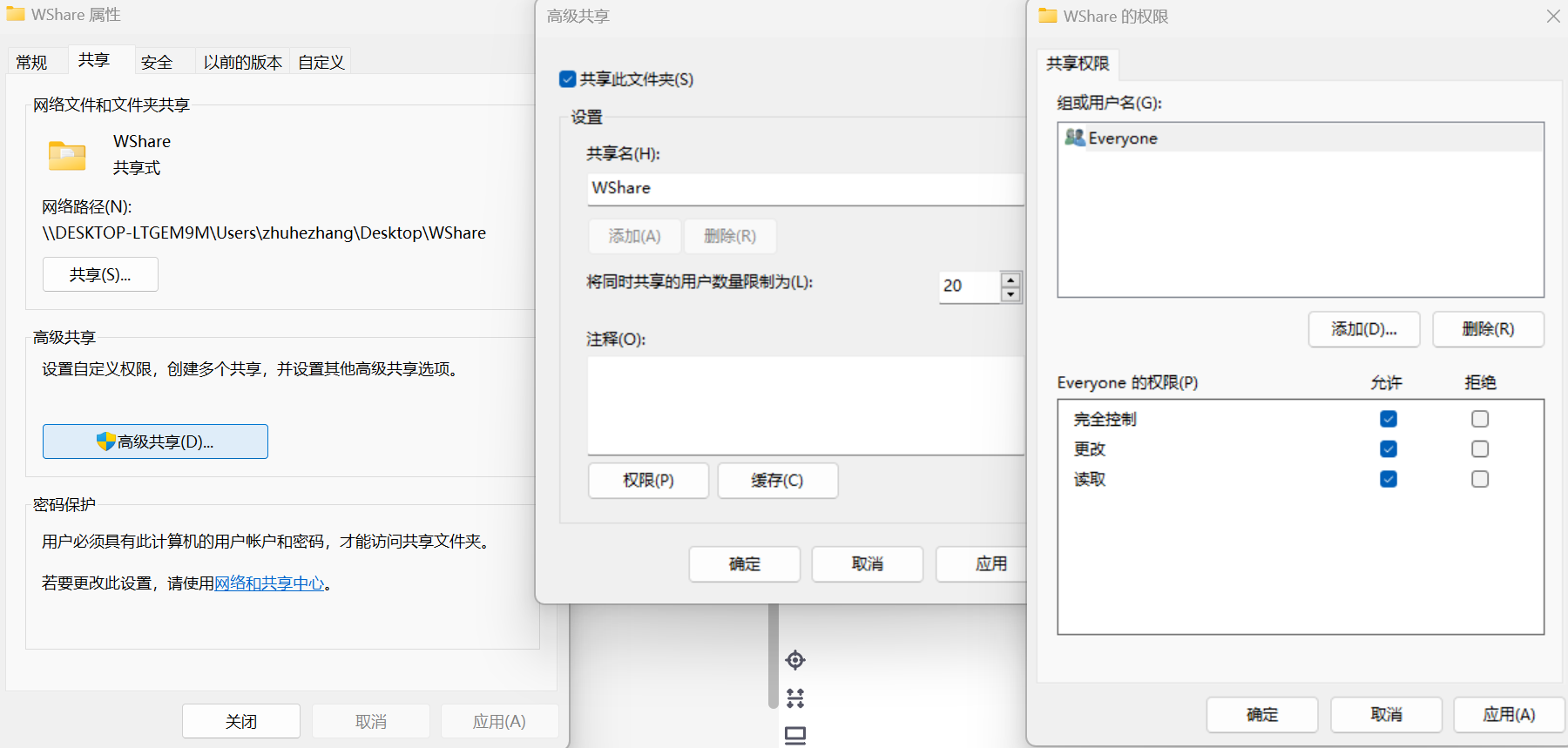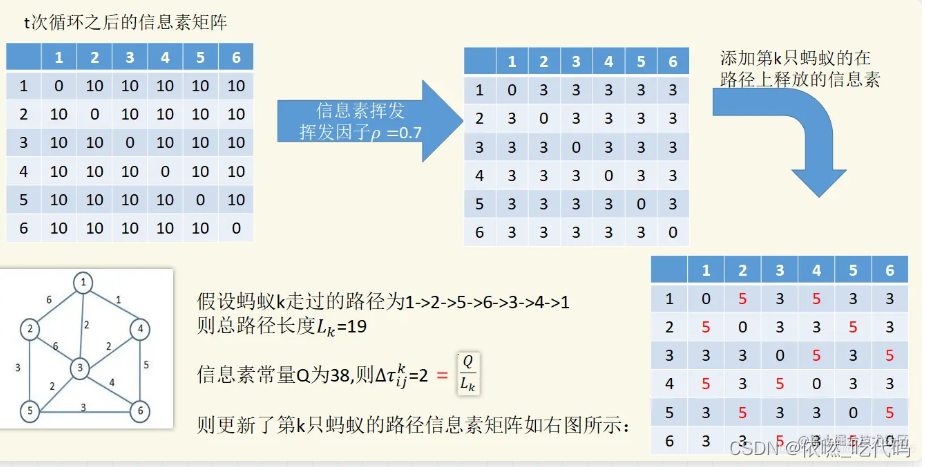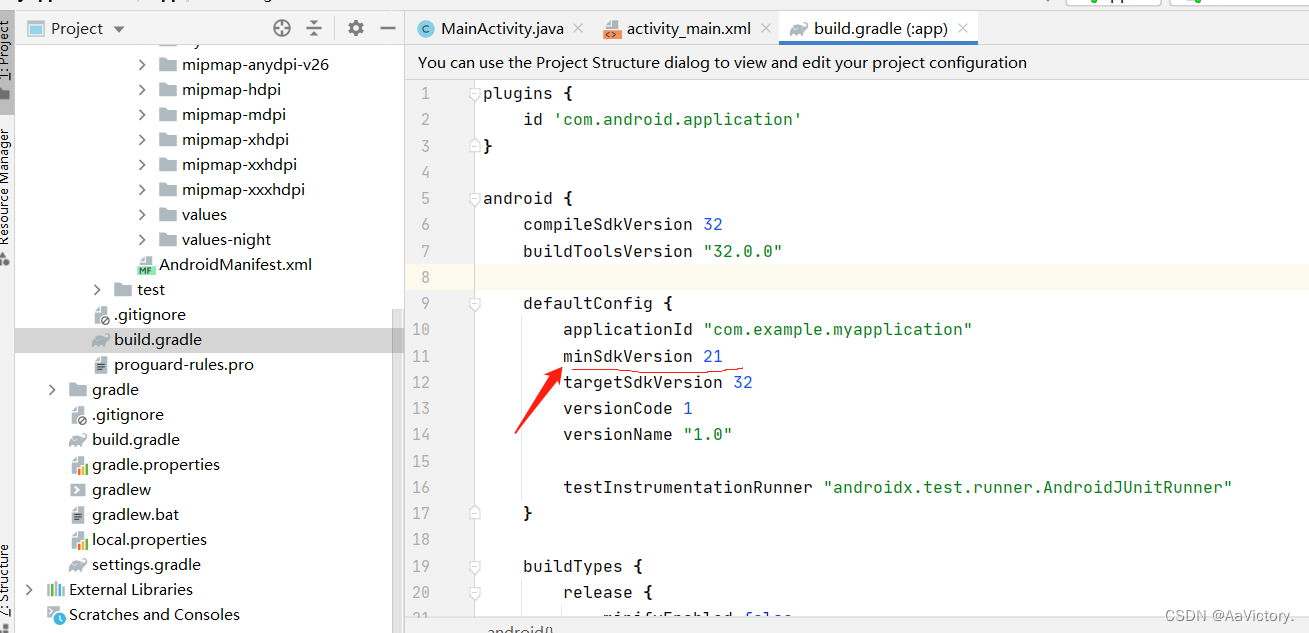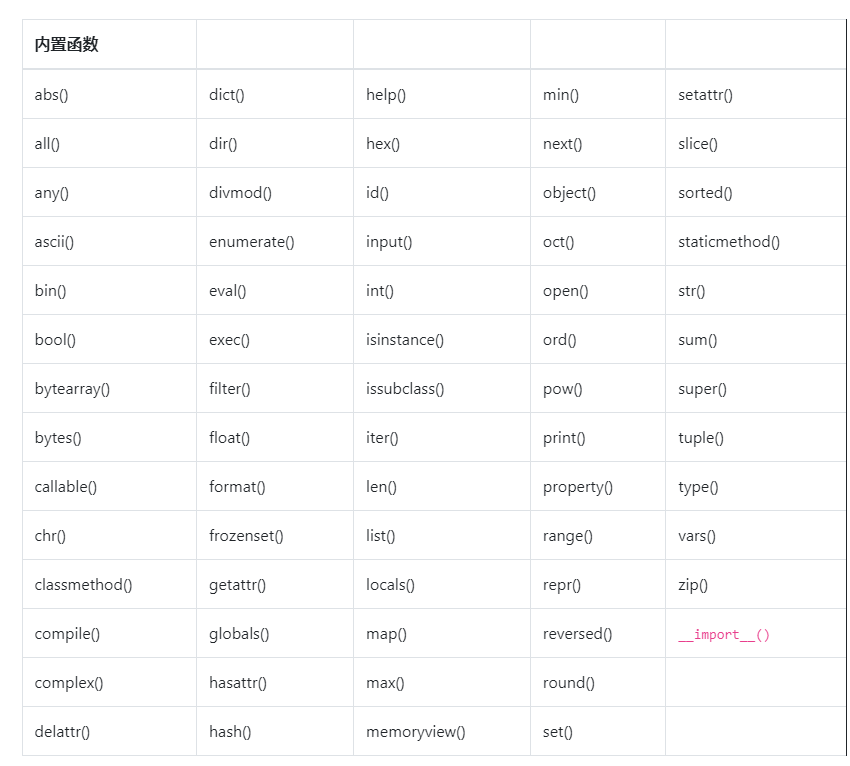文章目录
- 接口调用出错
- 推荐客户端负载均衡
- 多层JSON嵌套
- 大数据量 插入慎用foreach
- 使用Api时新建一个类封装、方便维护
接口调用出错
- 故障转移:重试选择其他可用节点,
做好幂等性可用!!! - 快速失败
推荐客户端负载均衡
服务端 负载均衡
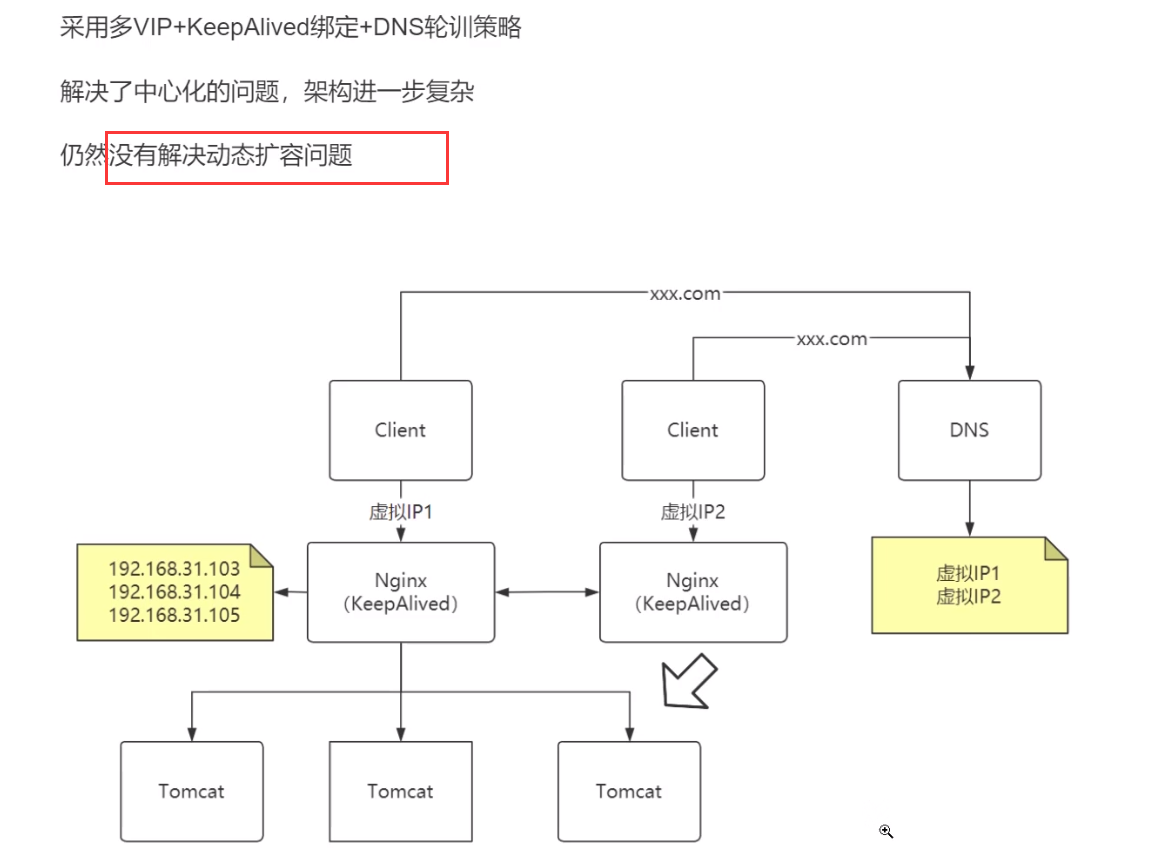
客户端 负载均衡
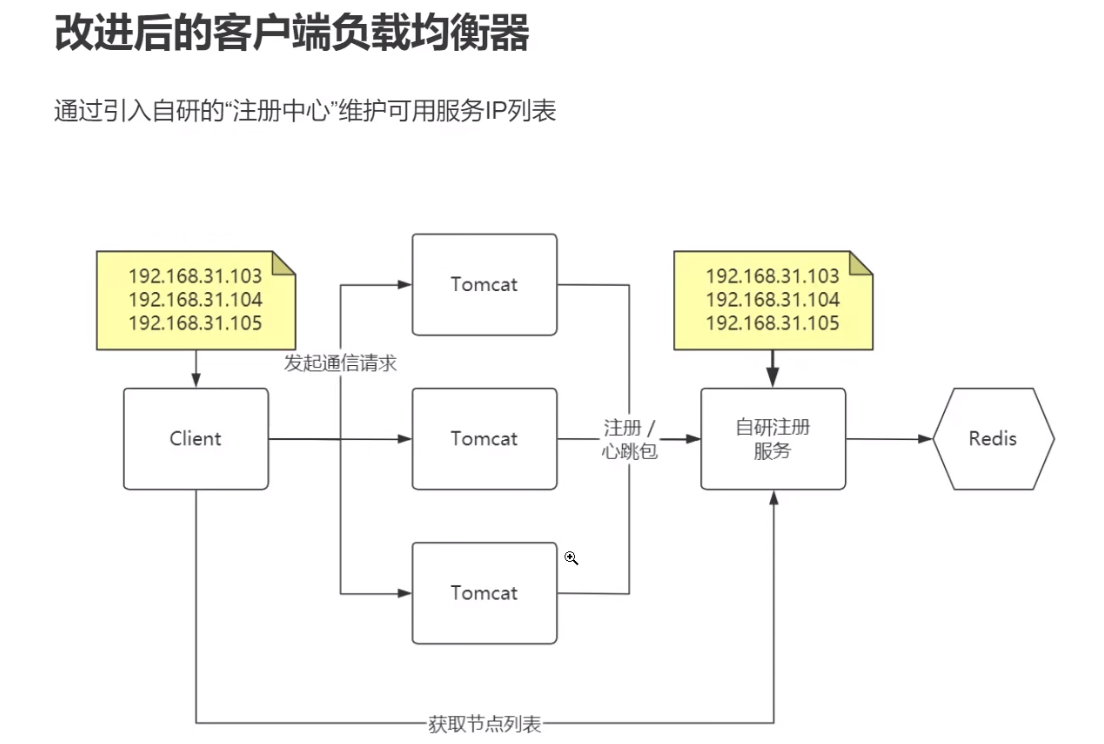
抽象为现在 的微服务架构

多层JSON嵌套
根据 不同的情况,数据的结构会发生变化,定义各种各样的实体类不太好!!因为实体类太多不方便维护
<dependency>
<groupId>ognl</groupId>
<artifactId>ognl</artifactId>
<version>3.1.1</version>
</dependency>
<dependency>
<groupId>junit</groupId>
<artifactId>junit</artifactId>
<version>4.13.2</version>
</dependency>
<dependency>
<groupId>com.google.code.gson</groupId>
<artifactId>gson</artifactId>
<version>2.10</version>
</dependency>
JsonUtils 工具类
import com.google.gson.Gson;
import com.google.gson.reflect.TypeToken;
import ognl.Ognl;
import ognl.OgnlContext;
import java.util.Map;
public class JsonUtils {
/**
* 将指定JSON转为Map对象,Key固定为String,对应JSONkey
* Value分情况:
* 1. Value是字符串,自动转为字符串,例如:{"a","b"}
* 2. Value是其他JSON对象,自动转为Map,例如:{"a":{"b":"2"}}}
* 3. Value是数组,自动转为List<Map>,例如:{"a":[{"b":"2"},"c":"3"]}
*
* @param json 输入的JSON对象
* @return 动态的Map集合
*/
public static Map<String, Object> transferToMap(String json) {
Gson gson = new Gson ();
Map<String, Object> map = gson.fromJson (json,
new TypeToken<Map<String, Object>> () {
}.getType ());
return map;
}
/**
* 简化方法
*
* @param json 原始的JSON数据
* @param path OGNL规则表达式
* @param clazz Value对应的目标类
* @return clazz对应数据
*/
public static <T> T getValue(String json, String path, Class<T> clazz) {
try {
Map<String, Object> map = transferToMap (json);
OgnlContext context = new OgnlContext ();
context.setRoot (map);
T value = (T) Ognl.getValue (path, context, context.getRoot ());
return value;
} catch (Exception e) {
throw new RuntimeException (e);
}
}
}
测试
import org.junit.Test;
import java.util.List;
import java.util.Map;
public class JsonCase {
/**
* 超多层级JSON嵌套的快速提取
*/
@Test
public void case0() {
//language=JSON,获取 嵌套json中 e的值
String text = "{\n" +
" \"a\": {\n" +
" \"b\": {\n" +
" \"c\": {\n" +
" \"d\": {\n" +
" \"e\": \"nothing\"\n" +
" }\n" +
" }\n" +
" }\n" +
" }\n" +
"}";
Map<String, Object> jsonMap = JsonUtils.transferToMap (json);
String e = JsonUtils.getValue (text, "a.b.c.d.e", String.class);
System.out.println (e);
}
//language=JSON
private String json = "{\n" +
" \"showapi_res_error\": \"无\",\n" +
" \"showapi_res_id\": \"628cc9850de3769f06edbb49\",\n" +
" \"showapi_res_code\": 0,\n" +
" \"showapi_fee_num\": 1,\n" +
" \"showapi_res_body\": {\n" +
" \"ret_code\": 0,\n" +
" \"area\": \"南安\",\n" +
" \"areaid\": \"101230506\",\n" +
" \"areaCode\": \"350583\",\n" +
" \"hourList\": [\n" +
" {\n" +
" \"weather_code\": \"06\",\n" +
" \"time\": \"202205242000\",\n" +
" \"area\": \"南安\",\n" +
" \"wind_direction\": \"东南 风\",\n" +
" \" wind_power\": \"0-3级 微风<5.4m/s\",\n" +
" \" weather\": \" 小 雨\",\n" +
" \" areaid\": \"101230506\",\n" +
" \" temperature\": \"20\"\n" +
" },\n" +
" {\n" +
" \"weather_code\": \"07\",\n" +
" \"time\": \"202205242100\",\n" +
" \"area\": \"南安\",\n" +
" \"wind_direction\": \"东 风\",\n" +
" \" wind_power\": \"0-3级 微风<5.4m/s\",\n" +
" \" weather\": \" 小 雨\",\n" +
" \" areaid\": \"101230506\",\n" +
" \" temperature\": \"20\"\n" +
" }\n" +
" ]\n" +
" }\n" +
"}";
//将JSON转为标准Map结构
@Test
public void case1() {
Map<String, Object> jsonMap = JsonUtils.transferToMap (json);
System.out.println (jsonMap);
}
/**
* OGNL直接提取数据,Value为子JSON对象的情况
*/
@Test
public void case2() {
Map<String, Object> jsonMap = JsonUtils.transferToMap (json);
Map resBody = JsonUtils.getValue (json, "showapi_res_body", Map.class);
System.out.println (resBody);
}
/**
* OGNL直接提取数据,Value为标准字符串的情况
*/
@Test
public void case3() {
String value = JsonUtils.getValue (json, "showapi_res_body.area", String.class);
System.out.println (value);
}
/**
* OGNL直接提取数据,Value为标准字符串的情况,Value为数组的情况
*/
@Test
public void case4() {
List<Map> hourList = JsonUtils.getValue (json, "showapi_res_body.hourList",
List.class);
// 每一个集合对象都是List,遍历这个集合
for (Map hour : hourList) {
System.out.println (hour);
}
}
/**
* 利用List语法获取第1个时点天气预报
*/
@Test
public void case5() {
String area = JsonUtils.getValue (json,
"showapi_res_body.hourList[0].weather_code", String.class);
System.out.println (area);
}
}
大数据量 插入慎用foreach
@Resource
private UserService userService;
// saveBatch 批量插入
userService.saveBatch (null);
只有把rewriteBatchedStatements参数置为true,
驱动才会帮你批量执行SQL (jdbc:mysql://ip:port/db?rewriteBatchedStatements=true)
使用Api时新建一个类封装、方便维护
把
变化放在盒子里
也就是 使用一个类来 封装原有的方法,解耦!
起初:
String pass = "123456";
String md5 = DigestUtils.md5DigestAsHex (pass.getBytes ());
有 更好的方法时,不得不更新所有的api,麻烦
使用一个类封装 时:
import org.springframework.util.DigestUtils;
public class MyDigestUtils {
public static String md5Digest(String source) {
return DigestUtils.md5DigestAsHex (source.getBytes ());
}
}
调用:
String pass = "123456";
String md5 = MyDigestUtils.md5Digest (pass);
发生变化时,直接修改MyDigestUtils下的md5Digest 方法即可!!

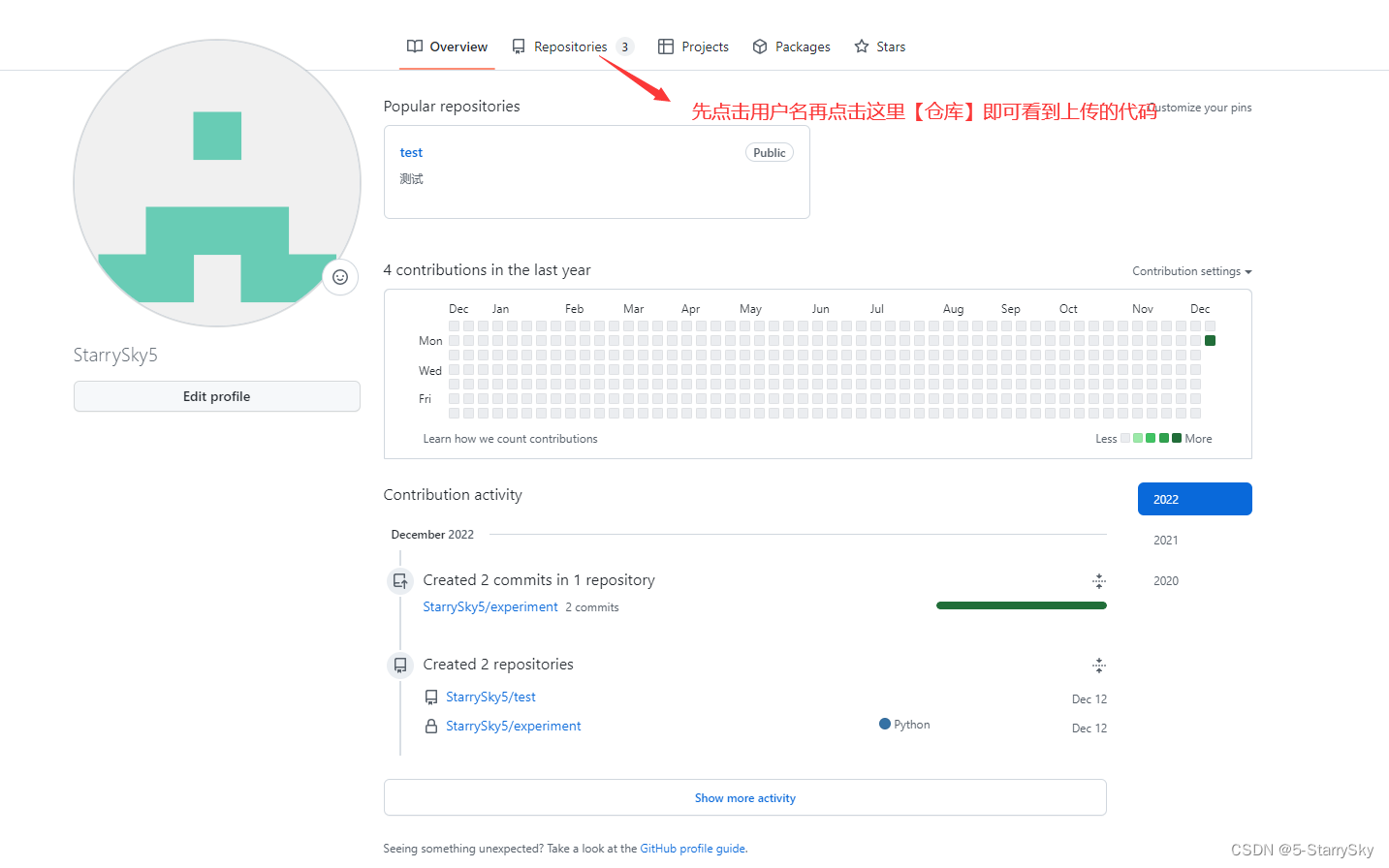
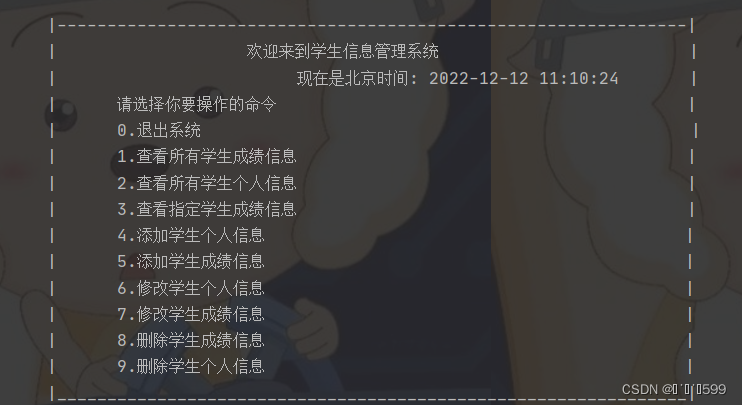


![[附源码]Python计算机毕业设计大学生心理健康咨询系统Django(程序+LW)](https://img-blog.csdnimg.cn/b41f7b4d4e074188928f7371e709717d.png)
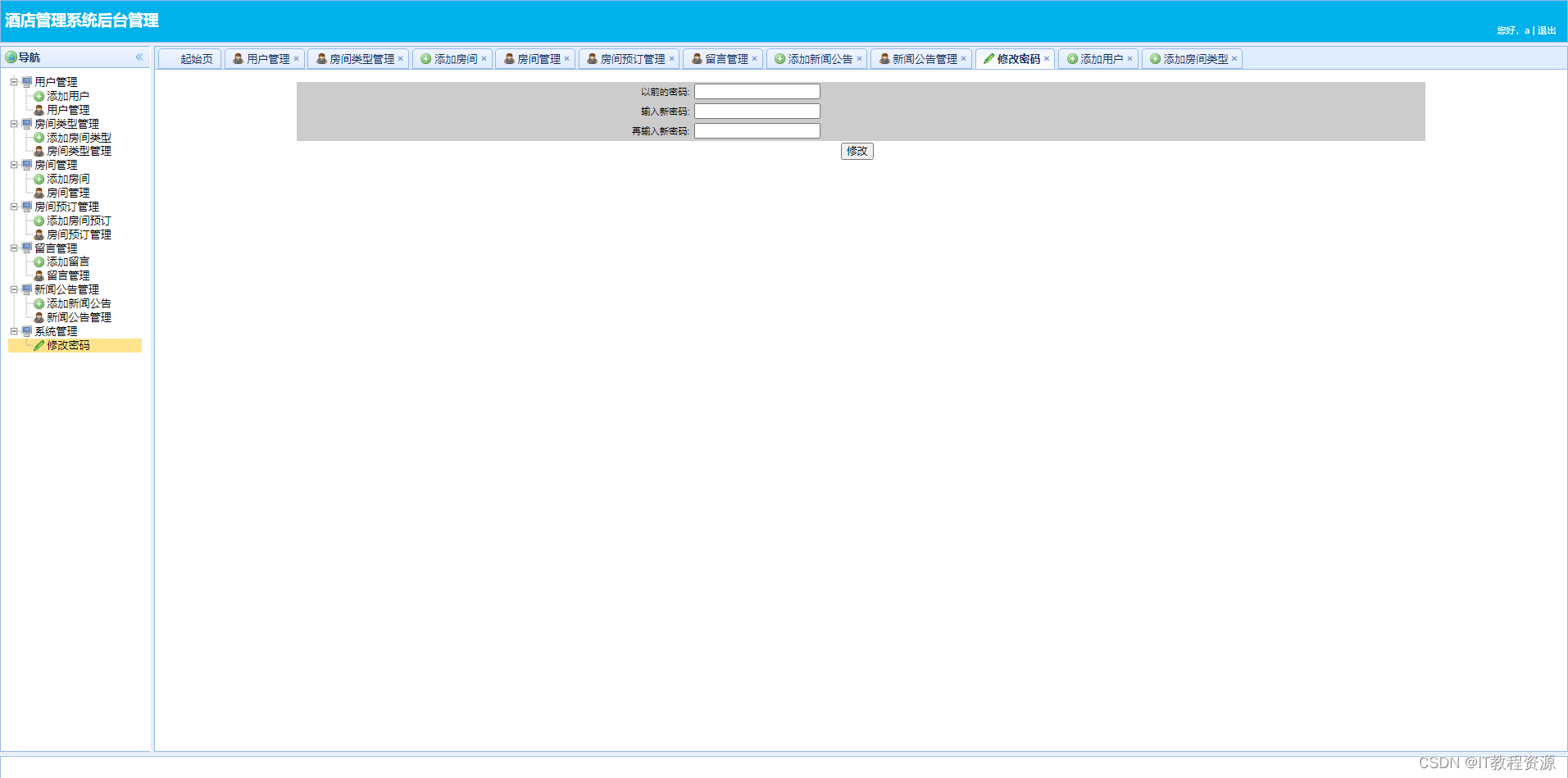

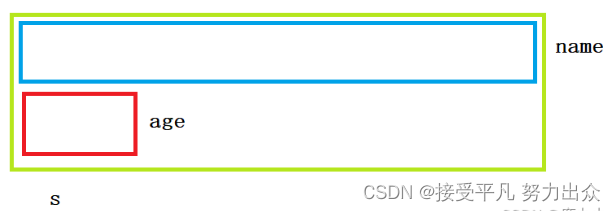


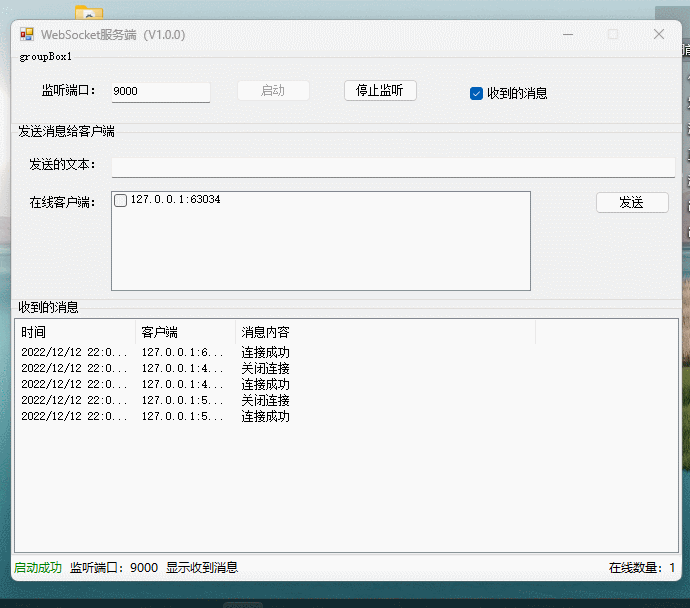
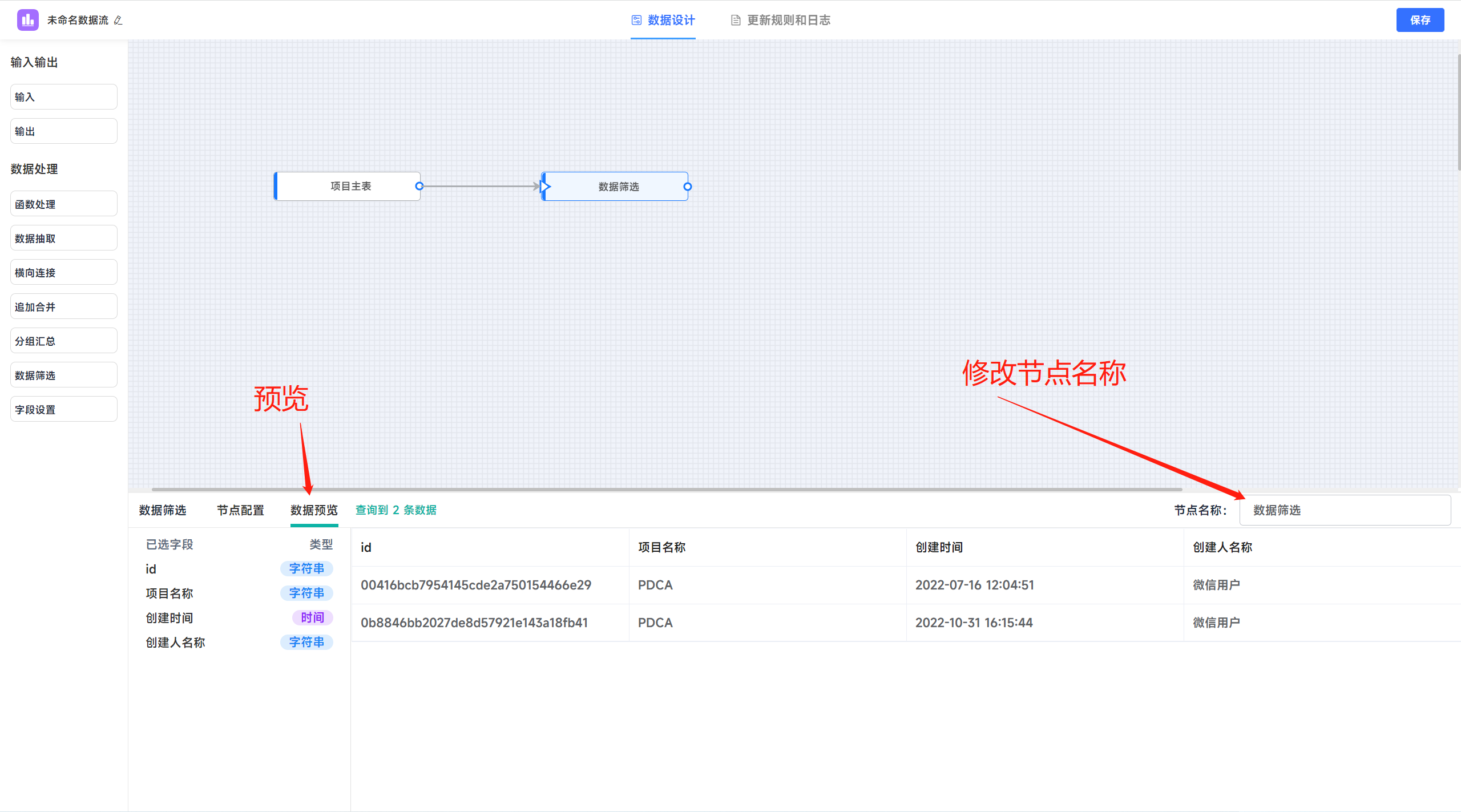

![[附源码]Node.js计算机毕业设计大学生健康系统Express](https://img-blog.csdnimg.cn/853811809f5849c287f8532983d0f29c.png)

